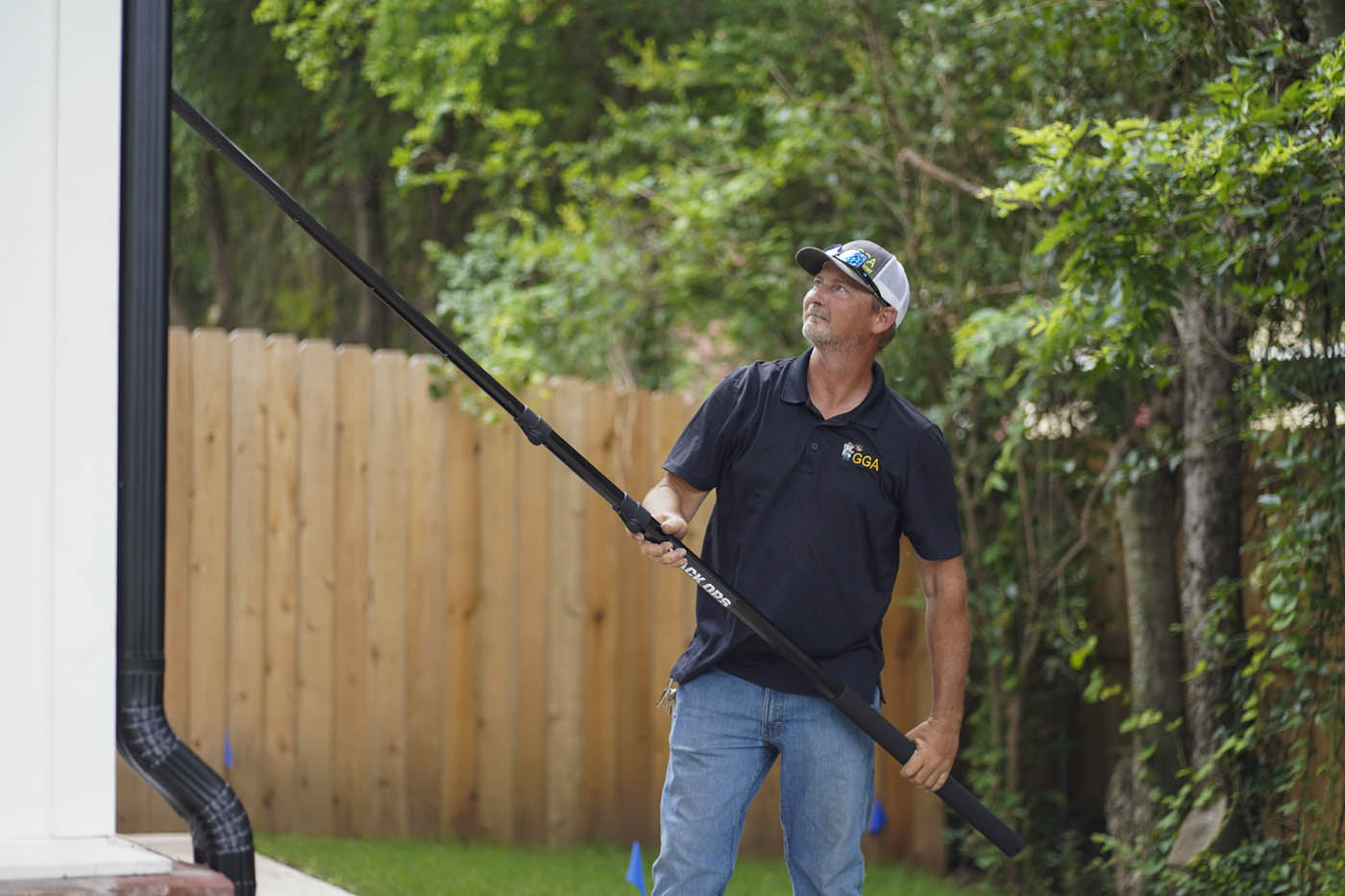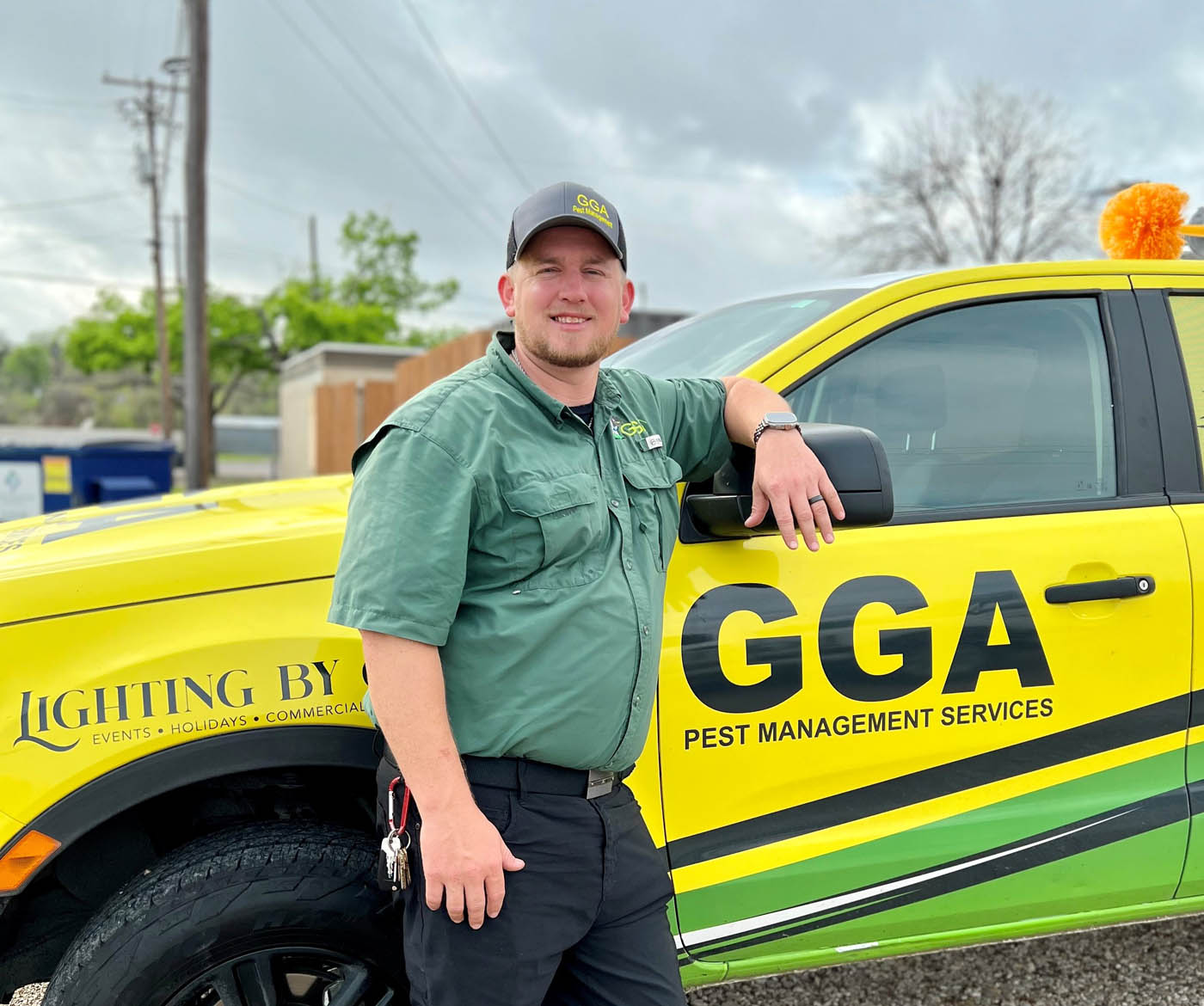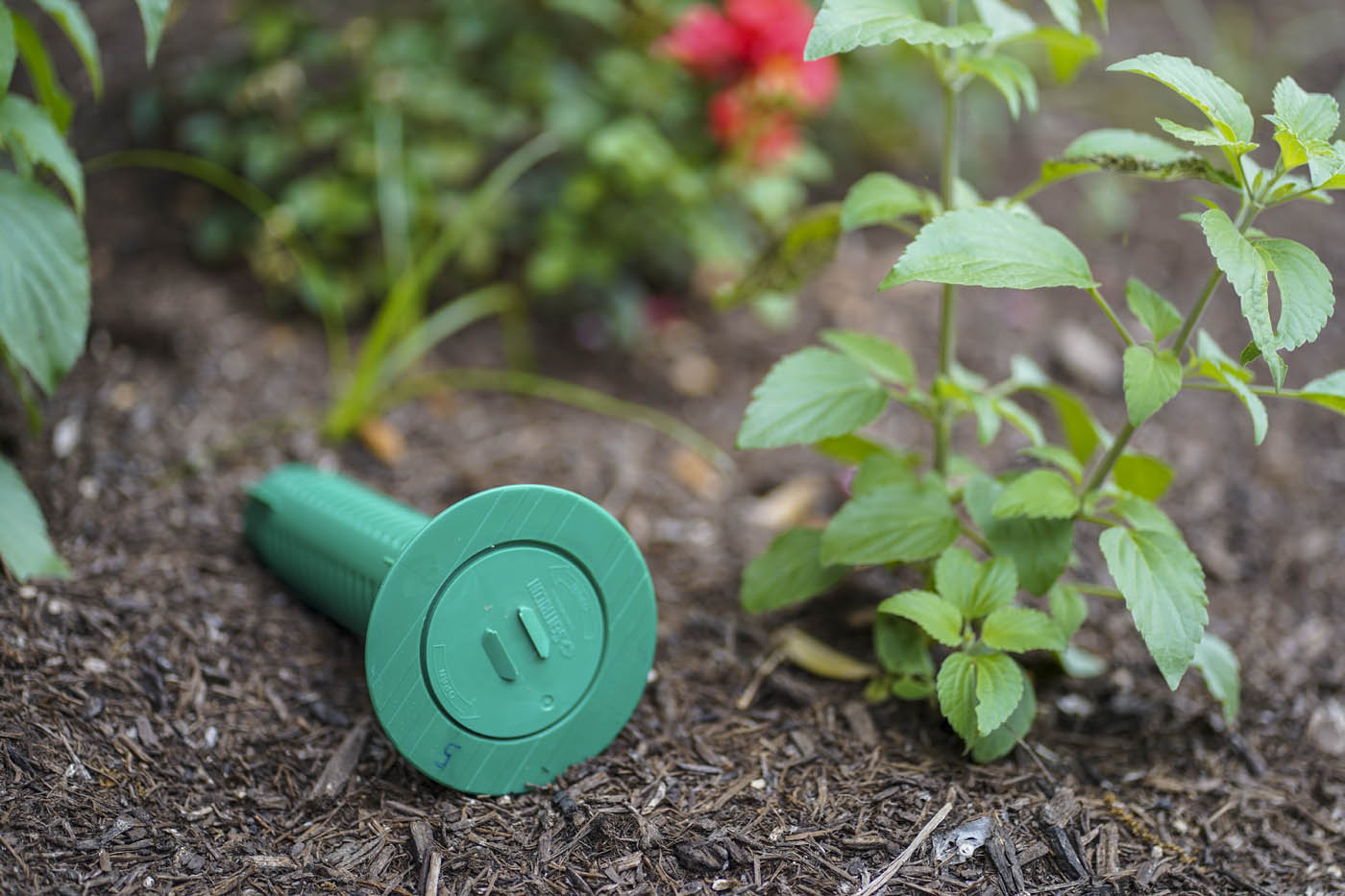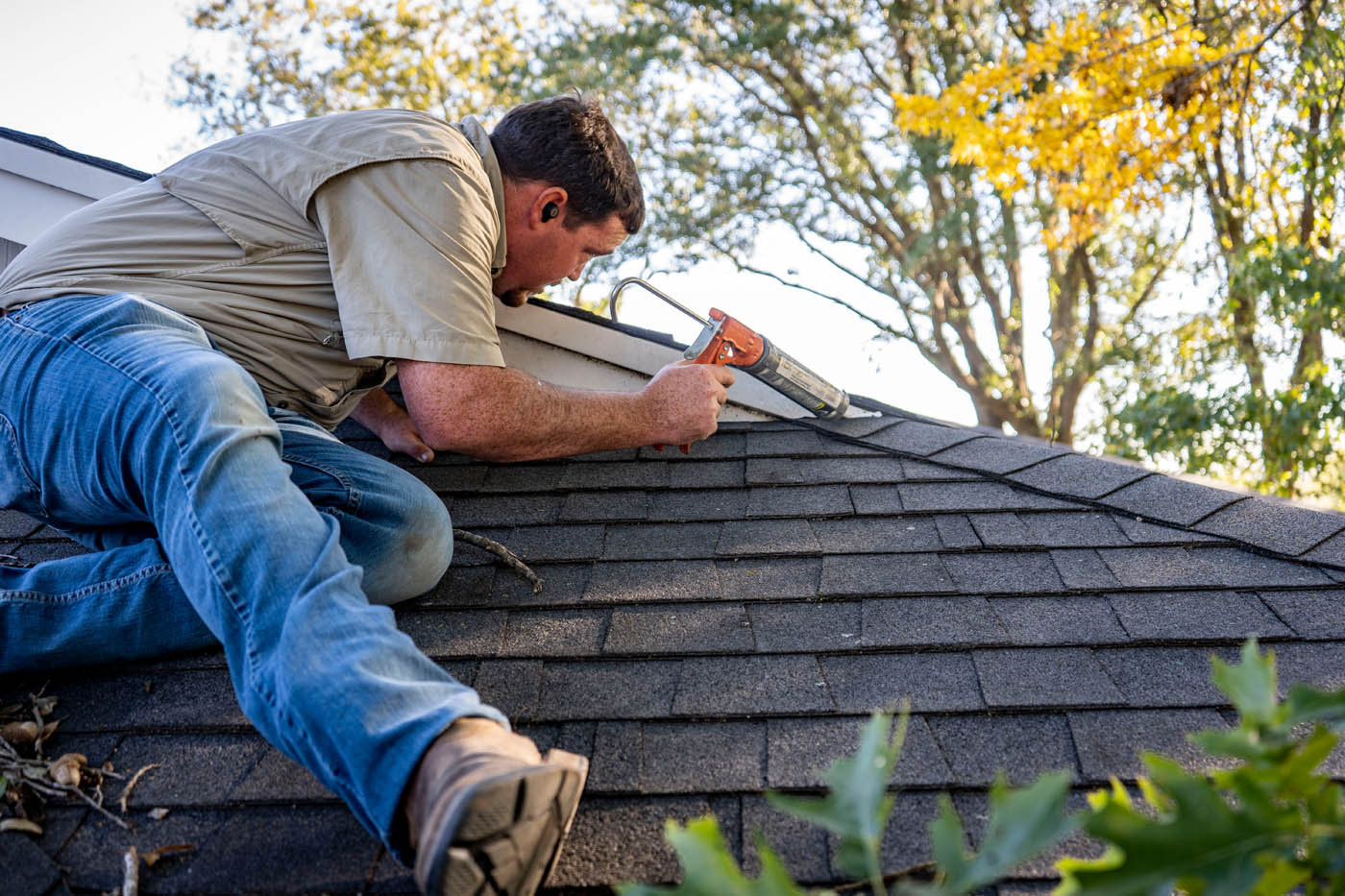Hidden Hornets | Waco Pest Control
November 2, 2015
Hidden Hornets When the trees begin to lose their leaves and become bare you begin to notice things on them that were previously hidden from view. One thing which may surprise and frighten you is the giant nest of the bald-faced hornet
Hidden Hornets
When the trees begin to lose their leaves and become bare you begin to notice things on them that were previously hidden from view. One thing which may surprise and frighten you is the giant nest of the bald-faced hornet. These nests are larger than a football and are made of many layers of what looks like papier-m�ch�. The material used to make the nests actually comes from the hornets mixing bark and wood fibers with their saliva and chewing the mixture into a paste, which they place in strips along the nest. Since the hornets are getting their wood from many different trees the material comes out in differing shades, making the nests look like a mosaic of red, brown, grey, and white strips of paper.
The outer inches of the nest are layered with the paper-like material and protect the hive inside. The inner chamber looks much like a bee hive, with many hexagonal shaped cells. These cells are used to protect the hornet larvae while they are developing. Like many social insects, the hornets have a queen that lays all of the eggs. However, this queen specifically lays a few fertile males and females each year, as well as hundreds of workers. One of those females will become the queen the next year after the current queen dies.
Do you have hornet nests in your trees? What do they look like?
When the trees begin to lose their leaves and become bare you begin to notice things on them that were previously hidden from view. One thing which may surprise and frighten you is the giant nest of the bald-faced hornet. These nests are larger than a football and are made of many layers of what looks like papier-m�ch�. The material used to make the nests actually comes from the hornets mixing bark and wood fibers with their saliva and chewing the mixture into a paste, which they place in strips along the nest. Since the hornets are getting their wood from many different trees the material comes out in differing shades, making the nests look like a mosaic of red, brown, grey, and white strips of paper.
The outer inches of the nest are layered with the paper-like material and protect the hive inside. The inner chamber looks much like a bee hive, with many hexagonal shaped cells. These cells are used to protect the hornet larvae while they are developing. Like many social insects, the hornets have a queen that lays all of the eggs. However, this queen specifically lays a few fertile males and females each year, as well as hundreds of workers. One of those females will become the queen the next year after the current queen dies.
Do you have hornet nests in your trees? What do they look like?




